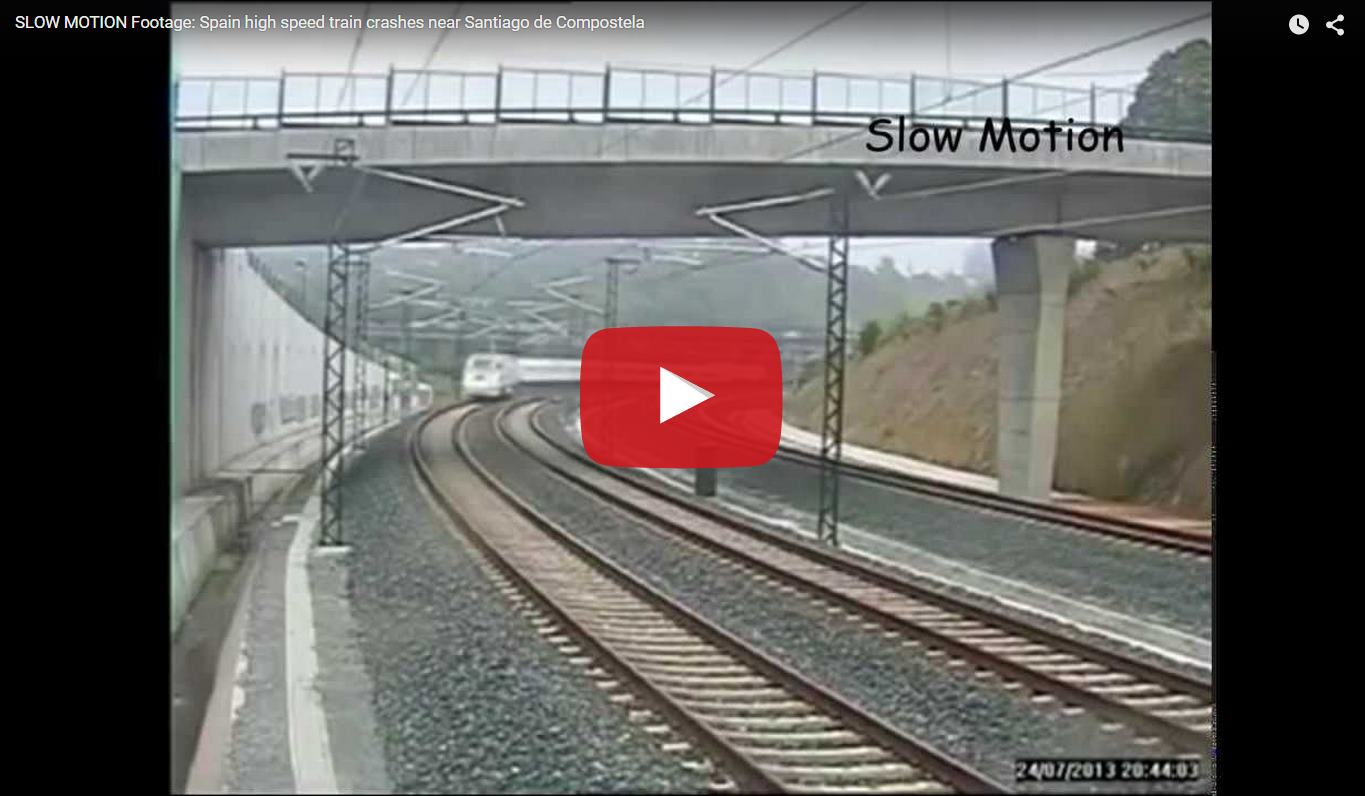How to Avoid Derailment

It comes as no surprise that an unloaded vehicle derails easily as derailment is driven by lateral curving loads that drive the wheel up and over the rail against the vertical load pushing the wheels onto the track. Viewing the Crash in Santiago de Compostela in Spain 2013 it is clear that the second light trailer car derails first resulting in subsequent derailment of the heavier leading loco. In this case the problem is taking a curve way above the line speed but it acts as a useful study into derailment.

Rail Accident Investigation Branch (RAIB) is investigating a derailment that occurred at London Paddington main line station, on Sunday 25 May 2014. Thankfully it was an empty unit travelling slowly from Old Oak Common to Paddington in preparation for entering passenger service and no one was injured. The investigation has found that there was an imbalance of wheel loads across each of the bogies on the derailed vehicle. Measurements confirmed that the bogie frames were sitting with one side higher than the other one. RAIB will publish its findings, including any recommendations to improve safety, at the conclusion of its investigation.
Working with our client Hitachi we have developed a method for balancing wheel loads and levelling vehicles. In developing our understanding of derailment mechanics we aim to bring the highest levels of safety to the UK's fastest fleet.
